I have two 52 VDC voltage sources, each an equidistant of 200 m from my load. For this purpose, take it as one voltage source is coming from the east and the other from the west.
Along the 200 m path on each side (east and west) I want to power some small loads (30-80 W max). I realize when I eventually reach the end of my 200 m line I will have quite a voltage drop and so be wasting quite a bit of energy in transmission.
I was wondering if there is any way to combine both sources together at the middle - in a way which would somehow increase the overall efficiency of the system.
